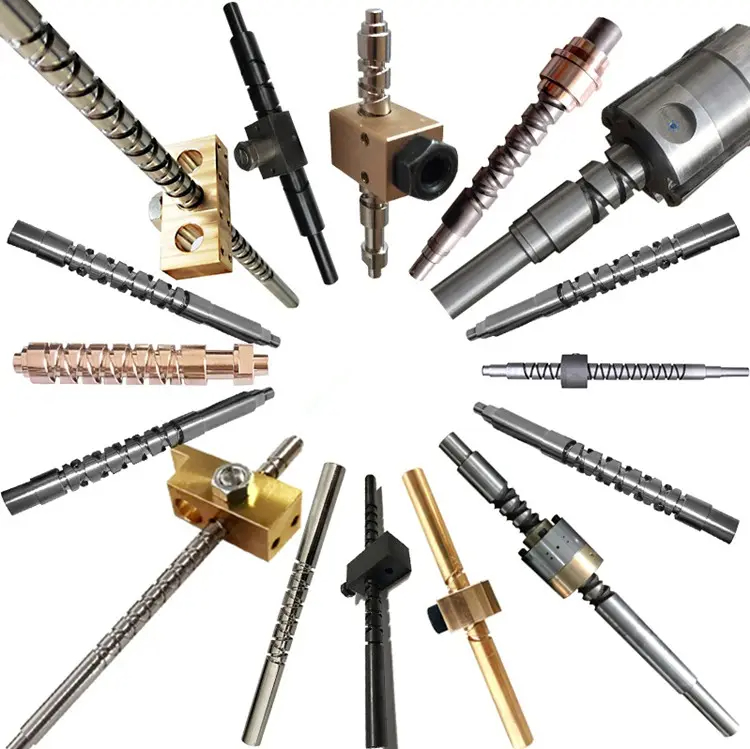While ball screws offer many advantages, they also have some disadvantages that should be considered in certain applications. Here are some potential drawbacks of ball screws:
1. Cost: One of the primary disadvantages of ball screws is their higher cost compared to lead screws. The precision manufacturing, high-quality materials, and use of ball bearings contribute to the increased expense. In applications where cost is a significant factor and high precision is not crucial, the expense of a ball screw may be a limiting factor.
2. Sensitivity to Contamination: Ball screws are more sensitive to contamination than lead screws. Foreign particles, debris, or lubricant impurities can affect the performance of ball screws, leading to increased wear, reduced efficiency, and potential failure. Proper sealing and maintenance are crucial to mitigate this issue.
3. Backlash in Some Designs: While ball screws are designed to minimize backlash (the clearance between the screw and nut), certain configurations may still exhibit some degree of backlash. This can affect the accuracy and repeatability of positioning in precision applications. Preloaded or anti-backlash designs can help mitigate this issue but may add complexity and cost.
4. Limited Temperature Range: Ball screws may have limitations in terms of temperature range. Extreme temperatures can affect the lubrication and performance of the ball bearings. In applications with temperature extremes, additional measures may be required to maintain proper functionality.
5. Complexity of Installation and Maintenance: Installing and maintaining ball screws can be more complex compared to lead screws. Achieving optimal performance requires proper alignment, lubrication, and attention to details during installation. Regular maintenance, such as checking for contamination and ensuring proper lubrication, is essential for long-term reliability.
6. Not Suitable for Some High-Speed Applications: While ball screws are generally capable of high-speed operation, extremely high speeds may lead to issues such as heat generation. In such cases, additional cooling mechanisms may be necessary. The specific design and type of ball screw also play a role in determining the suitability for high-speed applications.
7. Limited Resistance to Shock Loads: Ball screws may not be as robust in handling shock loads or sudden impacts compared to some other linear motion systems. High-impact forces can lead to damage or premature wear of the ball bearings and other components.
Despite these disadvantages, it’s important to note that ball screws remain widely used in applications where high precision, efficiency, and reliability are critical. The selection of a ball screw or an alternative linear motion system depends on the specific requirements of the application and a careful consideration of the trade-offs between advantages and disadvantages.

